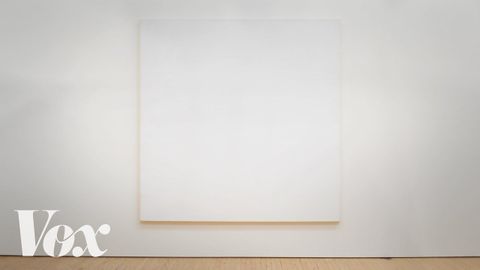これもアート?ただの白いキャンパスが評価される理由とは
林宜悉 が 2022 年 02 月 10 日 に投稿  この条件に一致する単語はありません
この条件に一致する単語はありませんUS /æŋˈzaɪɪti/
・
UK /æŋ'zaɪətɪ/
US /ˌɪndəˈvɪdʒuəl/
・
UK /ˌɪndɪˈvɪdʒuəl/
- n. (c.)個人;個々の項目;個体;個人競技
- adj.個人用の;個人の;個々の;独特の
US /ˈɑbviəs/
・
UK /ˈɒbviəs/
- adj.(すぐには)分からない : 捉えにくい;微妙な
エネルギーを使用
すべての単語を解除
発音・解説・フィルター機能を解除
